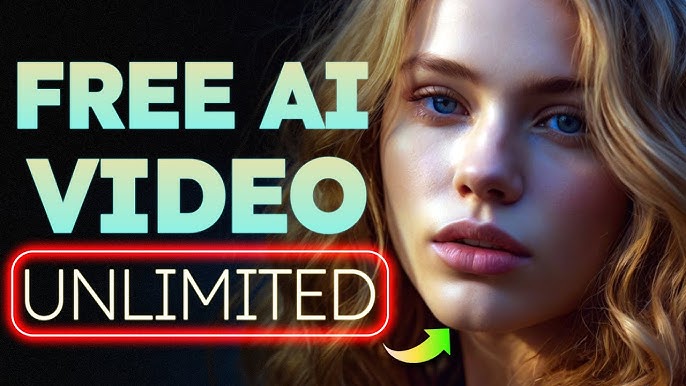In the digital epoch, the prowess to craft hyper-realistic AI-driven videos has redefined an array of industries—spanning entertainment, marketing, education, and even virtual realms. Harnessing breakthroughs in artificial intelligence, these creations deliver an astonishing level of verisimilitude while maintaining remarkable production efficiency. Below is an in-depth walkthrough on how you can create your very own AI-powered, lifelike video content.
Decoding AI-Generated Videos
AI-generated videos stem from complex algorithms that are adept at emulating human movements, facial nuances, and even vocal intonations. These technological marvels are anchored by machine learning and deep learning frameworks, which analyze and recreate patterns gleaned from vast repositories of visual, auditory, and motion data.
Core Technologies Underpinning AI Video Creation
- Deep Learning: This entails the use of neural networks that assimilate and mimic human behavior and aesthetics.
- Generative Adversarial Networks (GANs): A sophisticated AI model that conjures realistic imagery and motion by orchestrating a duel between two neural networks.
- Natural Language Processing (NLP): Facilitates the creation and comprehension of human-like dialogue and textual content for seamless video integration.
Steps to Craft Realistic AI-Generated Videos
1. Clarify Your Intent
Begin by delineating the overarching goal of your video. Is it a marketing piece, an educational module, or a form of entertainment? This clarity will serve as the guiding compass for your entire production process.
2. Select the Appropriate Tools and Platforms
Numerous platforms can simplify the creation of AI-generated videos. Here are a few noteworthy options:
- DeepBrain: Specializes in creating deepfake-style videos.
- Synthesia: A platform that excels in AI-fueled video presentations.
- Rephrase.ai: Generates customized video messages using AI-driven tools.
3. Amass and Organize Data
Curate a collection of high-caliber data, such as images, video snippets, and audio recordings, which will feed the AI’s learning process. The quality and richness of this data are pivotal in determining the realism of your final product.
4. Train the AI Model
Training the AI entails submitting your meticulously curated data to the model, allowing it to absorb patterns and subtle details. This phase demands hefty computational resources and can be time-intensive, often requiring specialized hardware like GPUs.
5. Commence Video Generation
Once your AI model is adequately trained, you can begin the process of video creation. Input the necessary parameters such as scripts, character gestures, and environmental settings. The AI will then weave these inputs into a cohesive and visually compelling video.
6. Refine and Polish
After the initial video draft is generated, scrutinize it for any anomalies or areas that could benefit from further refinement. Utilize video editing tools to enhance elements like lighting, sound design, and transitions, ensuring a polished and seamless output.
7. Integrate Voiceovers and Soundscapes
Layer in voiceovers and auditory effects to further amplify the video’s authenticity. AI tools such as Descript can assist in generating lifelike voiceovers if professional equipment is unavailable.
8. Render and Finalize
Lastly, render your video in the chosen resolution and format. It’s prudent to test its compatibility across various devices to guarantee uniform quality and playback.
The Versatile Applications of AI-Generated Videos
Marketing and Promotion
AI-generated videos offer personalized and dynamic marketing experiences, finely tuned to individual preferences, thus elevating advertising campaigns.
Educational Content
AI-infused educational materials can engage learners through interactive virtual tutors and immersive simulations, revolutionizing the learning experience.
Entertainment
Within the entertainment sector, AI-generated videos facilitate the creation of hyper-realistic characters in both films and video games, opening up new storytelling frontiers.
Social Media
Social platforms increasingly embrace AI-generated content, enabling users to produce professional-grade videos with minimal exertion.
Ethical Dimensions
While AI-generated videos bring forth many advantages, they also pose ethical dilemmas, particularly in the realm of deepfakes and misinformation. It is imperative to wield this technology with responsibility, ensuring transparency and consent are cornerstones of any application.
Closing Thoughts
The creation of hyper-realistic AI-generated videos is an exhilarating and swiftly evolving domain, brimming with opportunities for innovation. By adhering to the outlined methodology and leveraging the right tools, anyone can venture into this cutting-edge space and produce videos that dazzle with lifelike precision. As AI technologies continue to surge forward, the horizon promises even greater potential for crafting visually stunning, ever more authentic video experiences.



